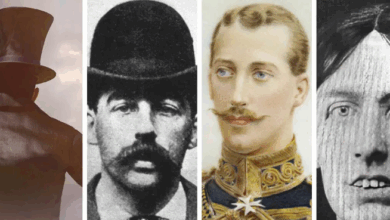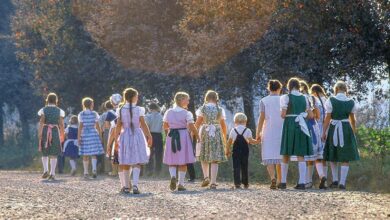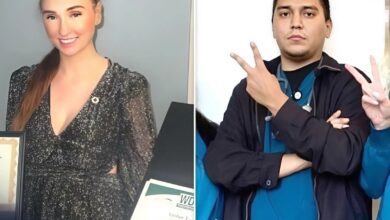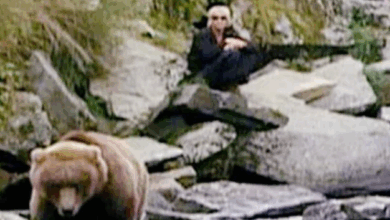Toddler Dies After Being Left in Hot Car While Mother Undergoes Cosmetic Procedure in California
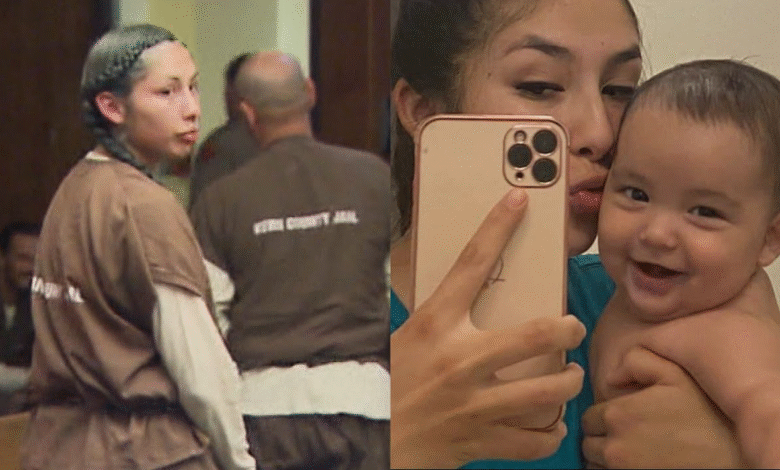
A young California mother is facing serious charges after her one-year-old son died from extreme heat exposure while left inside a parked car, police say. The tragedy occurred while the mother, Maya Hernandez, was undergoing a cosmetic procedure at a nearby business.
According to the Bakersfield Police Department, Hernandez left her two children — a 1-year-old named Amillio and a 2-year-old brother — strapped into their car seats in a vehicle parked outside a beauty clinic. The temperature that day reached a sweltering 102 degrees Fahrenheit outside, but inside the car, authorities estimate it climbed to a deadly 143 degrees.
Surveillance footage shows Hernandez arriving at the beauty center late in the morning, leaving her two sons inside the locked car with the windows rolled up. She reportedly remained inside the building for over two hours while receiving cosmetic services, including body sculpting and facial treatments.
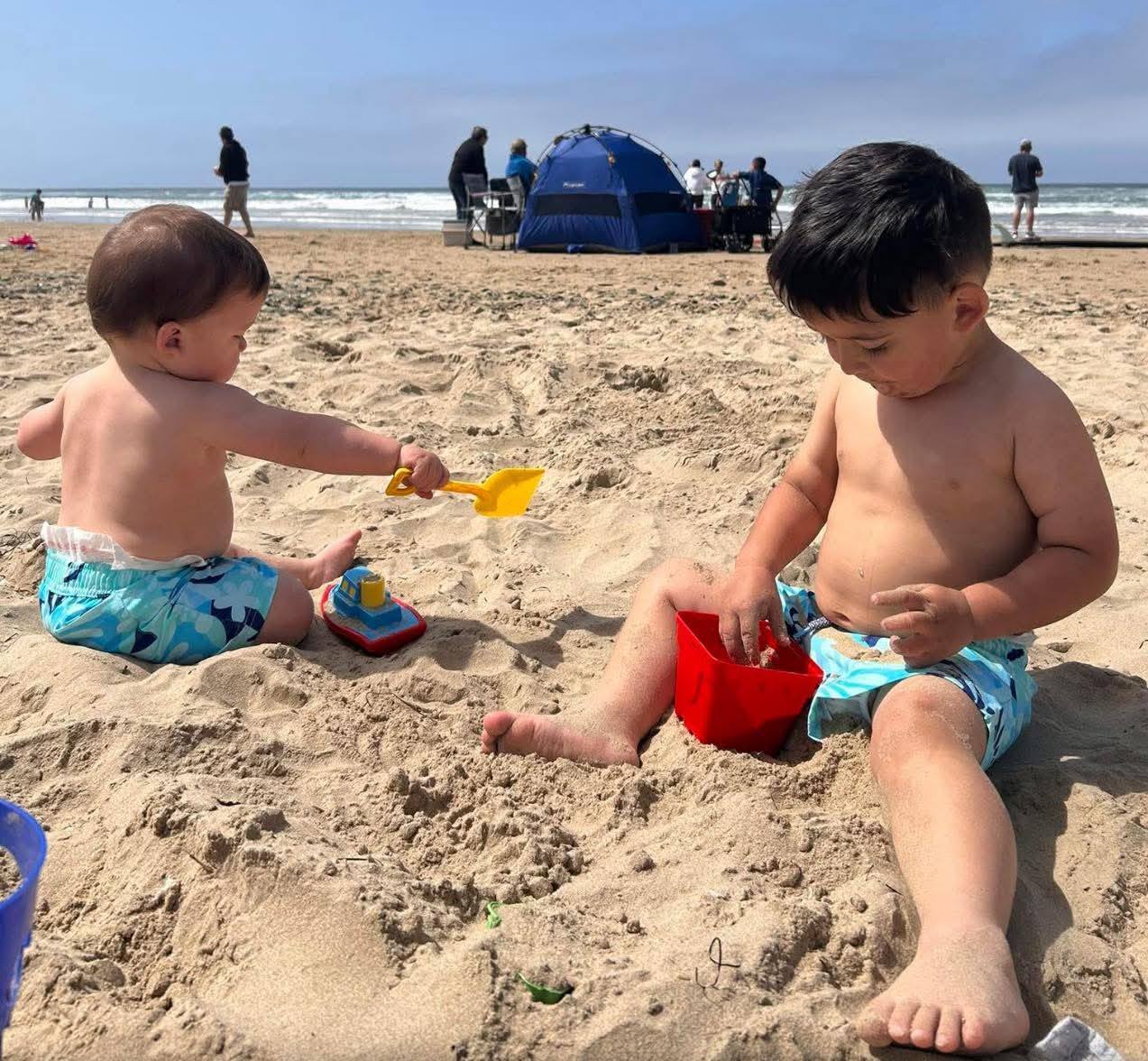
By the time someone noticed the unresponsive infant in the car and called 911, it was already too late for little Amillio.
Emergency responders arrived on the scene and found Amillio with no pulse. Despite efforts to revive him, the toddler was pronounced dead at a local hospital. His older brother, while severely dehydrated and disoriented, survived and is currently recovering under the care of child protective services.
“The temperature inside that vehicle was lethal,” said Bakersfield Police Chief Ryan Maldonado during a press conference Monday afternoon. “Leaving children in a car, even for a short time, can have devastating — and in this case, fatal — consequences. This was not a tragic accident. It was a preventable act of negligence.”
Hernandez, 23, was arrested at the scene and appeared before a judge on Monday. She faces charges of involuntary manslaughter, child endangerment, and felony neglect. She was denied bail pending a further court hearing.
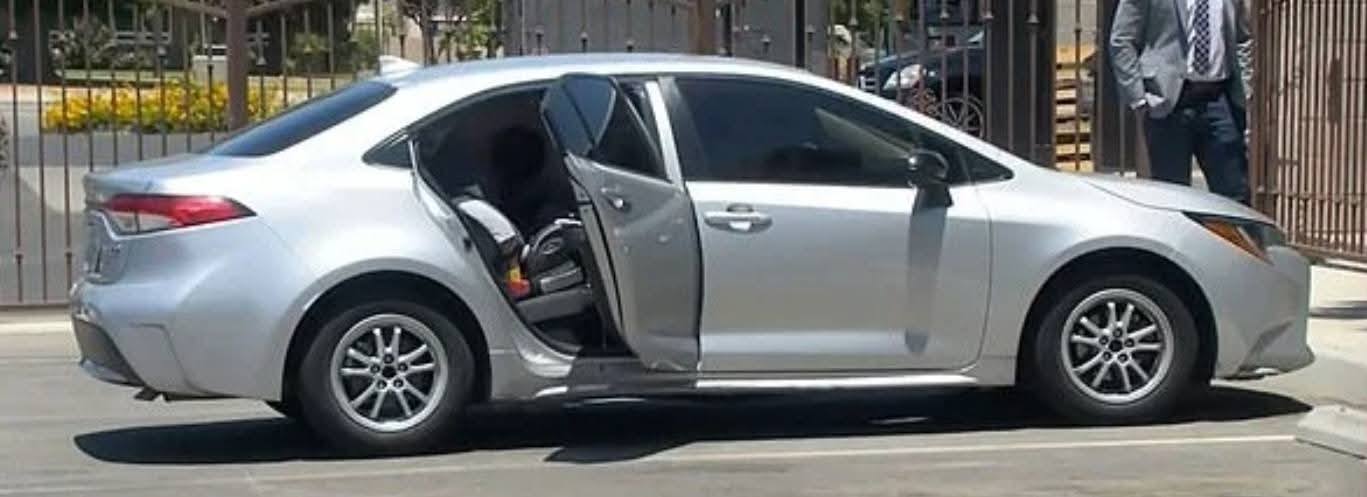
In the courtroom, Hernandez appeared visibly distraught but offered no comment. Her public defender asked the court for a psychological evaluation, citing possible postpartum mental health issues, but the prosecution argued that her behavior showed a “clear and conscious disregard” for her children’s safety.
According to investigators, this was not the first time Hernandez had left her children in the car during appointments. Witnesses told police she had previously brought her children with her to various salons and beauty clinics, often leaving them in the car for extended periods.
“This wasn’t a momentary lapse in judgment,” said Deputy District Attorney Carla Gomez. “She prioritized her appearance over the safety and lives of her own children.”
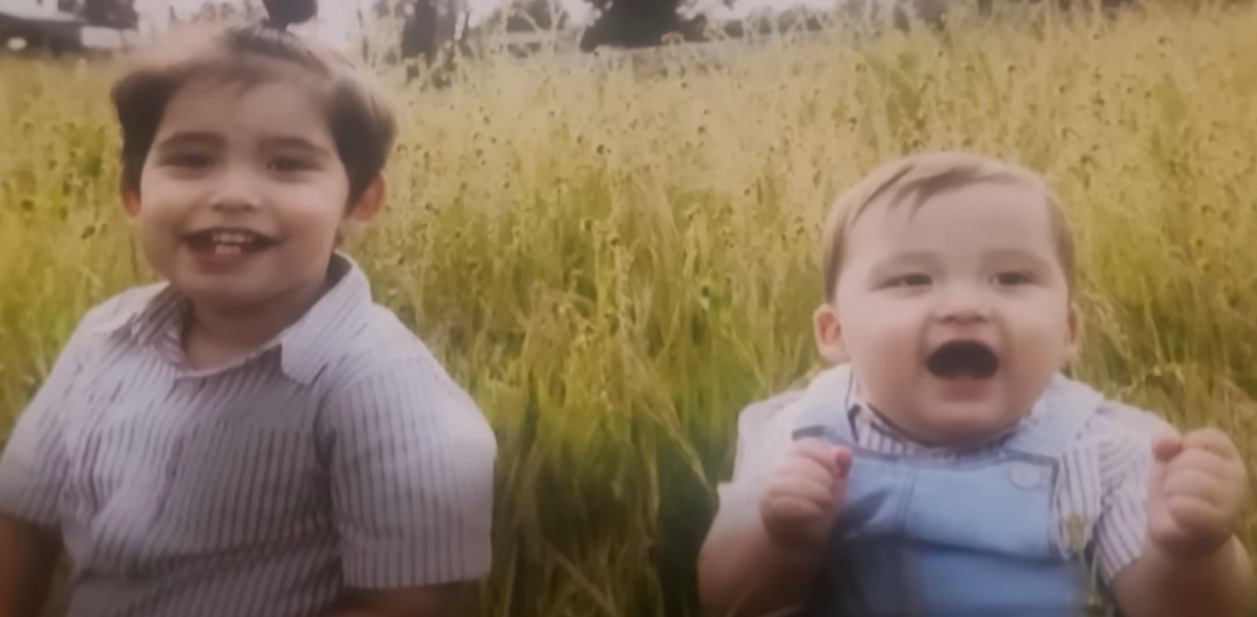
The case has sent shockwaves through the Bakersfield community and renewed calls for public awareness about the dangers of hot car deaths — a tragic phenomenon that claims dozens of young lives in the U.S. each year.
“It only takes 10 minutes for a car to become a death trap in hot weather,” said child safety advocate Melissa Carver. “If your child can’t be with you, you must make other arrangements. No errand or appointment is worth a child’s life.”
A candlelight vigil was held for Amillio on Sunday night, with dozens of local residents gathering to mourn the loss and express support for the surviving sibling. Teddy bears, flowers, and handwritten notes now sit near the beauty clinic where the incident occurred.
Child protective services have confirmed that the 2-year-old boy is in stable condition and being evaluated for long-term placement with relatives or foster care.
As for Maya Hernandez, she is scheduled to return to court next week. If convicted on all charges, she could face up to 20 years in prison.

